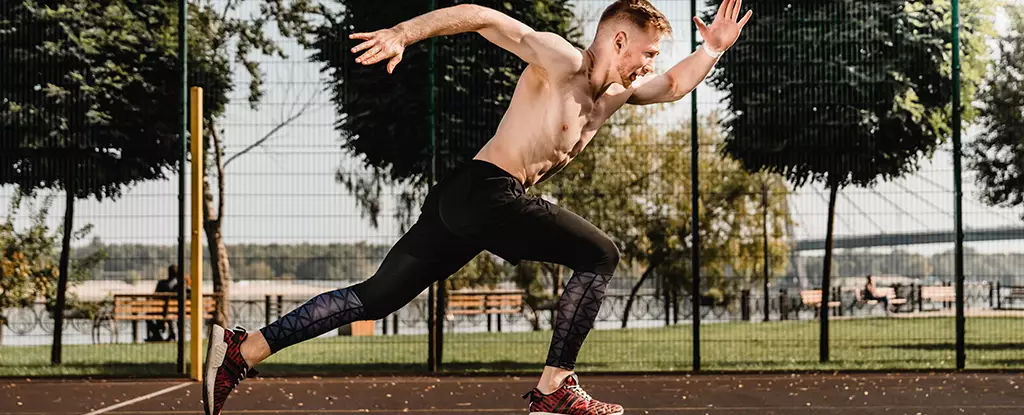For fitness enthusiasts and professionals whose jobs demand high levels of physical exertion, new findings about the relationship between vigorous exercise and the immune system should raise eyebrows. A study conducted in 2023 involving over 4,700 post-exercise fluid molecules from firefighters revealed that engaging in extreme physical activity might inhibit the immune system’s effectiveness. This insight has significant implications for high-impact occupations, including emergency responders and competitive athletes who often push their bodies to the limit.
The researcher Ernesto Nakayasu from the Pacific Northwest National Laboratory (PNNL) stated, “People who are very fit might be more prone to viral respiratory infections immediately after vigorous exercise.” The crux of the issue appears to be linked to a decrease in inflammatory molecules, which are critical in the body’s defense against infection. While regular moderate exercise is known to enhance long-term immune health, the immediate aftermath of strenuous workouts presents a different picture, one that has sparked debate in the scientific community.
Although existing research does point to potential risks associated with intense workouts—like those reported by athletes experiencing upper respiratory infections—definitive causative relationships are still inadequately understood. The study by Nakayasu and colleagues sought to shine a light on the physiological processes occurring immediately after strenuous activity, particularly through analysis of blood plasma, urine, and saliva samples taken from firefighters who undertook a 45-minute fitness regimen while carrying heavy equipment.
Their investigation revealed a decrease in inflammatory molecules, alongside an increase in opiorphin, which is known to enhance blood flow by dilating peripheral blood vessels. This alteration could indicate an adaptive response to maintain oxygen and nutrient delivery during high-demand physical activity, but the implications for immune functionality remain obscure. The researchers suggest that the reduced inflammatory markers could reflect the body’s adjustment to fulfill the heightened oxygen requirements during intensive exercise.
Intriguingly, the study also reported changes in the oral microbiome of the firefighters. Post-exercise, there was an uptick in antimicrobial peptides, which are part of the body’s first line of defense. However, these changes did not correlate with any reduction in E. coli growth, hinting at the limited role these peptides play in oral cavity protection against infections. This has led some scientists to speculate that rather than indicating immune suppression, the changes observed might signify a “heightened state of immune surveillance” in response to the physical stress incurred by the exercise.
Caution is necessary when interpreting these findings, especially considering that the study focused solely on healthy, active male participants. The drilling down into such a specific demographic raises questions about the generalizability of the results across different populations, including women and those with varying health conditions.
Despite the intriguing findings, Nakayasu and the team acknowledged the need for further investigations to solidify these observations and their implications. Given that firefighters regularly face unique environmental exposures—like smoke and other pollutants—these factors might also skew immune responses in ways that this study did not account for. Broadening the sample pool to include a variety of demographics would enhance the reliability of such research.
In line with this study’s findings, fitness trainers and athletes might need to reevaluate their training regimens. Striking a balance between ensuring peak physical performance and preserving the immune system’s capability is essential, particularly in high-stakes environments. A nuanced understanding of how extreme workouts impact immune health could revolutionize training practices, reducing the incidence of illness among those who push their physical boundaries.
While exercise indisputably enhances overall health and wellness, the findings regarding intense physical activity underscore a paradox—what nurtures our bodies in the long term may jeopardize our immediate immune function. This revelation is a call to action for researchers, medical professionals, and fitness enthusiasts alike, merging the realms of physical activity and immunology in the quest to promote not just strong bodies but resilient immune systems. Further research is vital to delineate optimal training protocols that protect against undue collateral damage to immune defenses, paving the way for healthier, more informed exercise practices in the future.


Leave a Reply